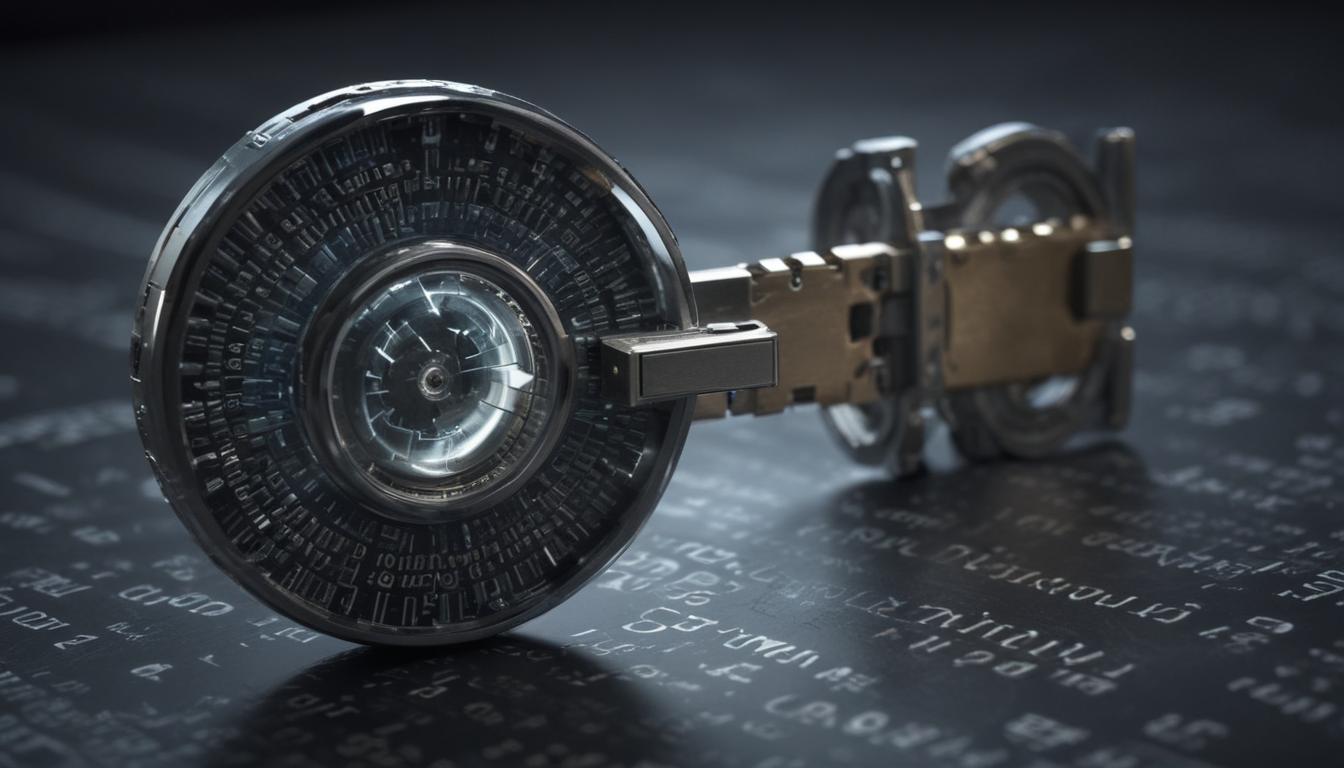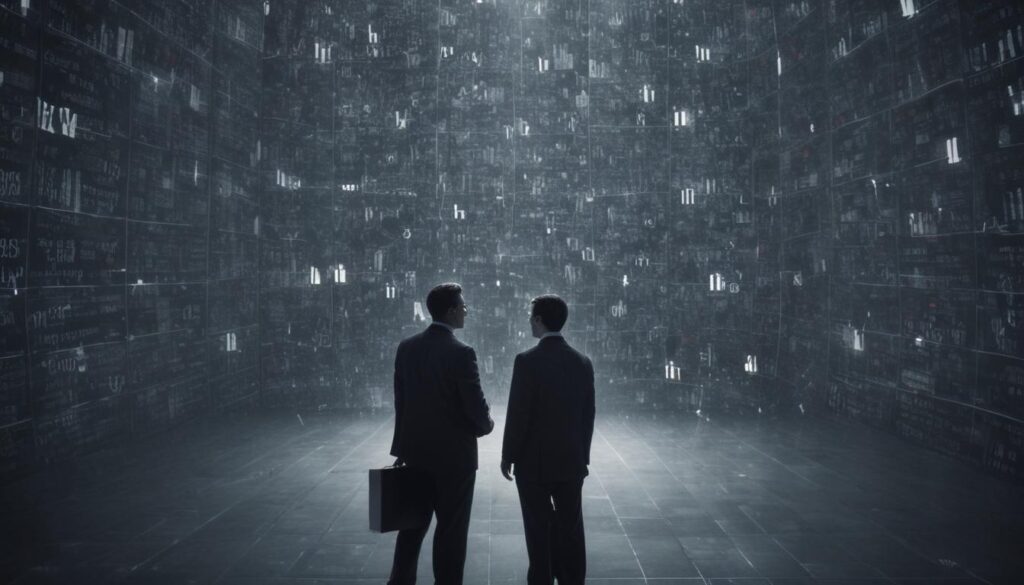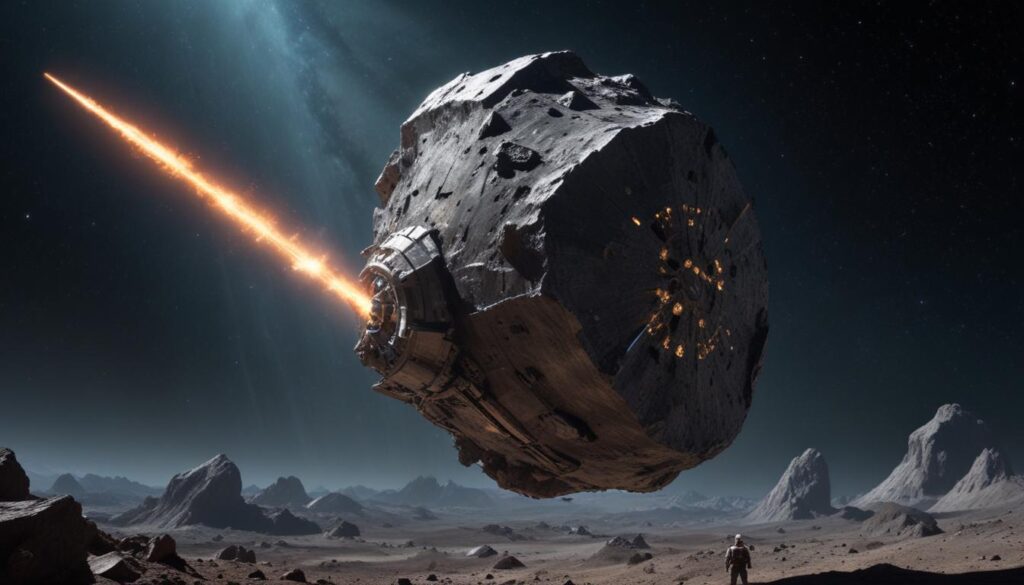Now Reading: Unlock Unbreakable Quantum Security Now
- 01
Unlock Unbreakable Quantum Security Now
Unlock Unbreakable Quantum Security Now

Quantum Cryptography The Quest for Unbreakable Security
In an age of constant data breaches and evolving cyber threats, does the idea of your private information being exposed keep you up at night? From bank details to confidential business communications, our entire digital world is protected by a fragile layer of encryption. While strong today, this protection faces a monumental threat quantum computers. These powerful machines promise to one day crack our best defenses with ease. So, how do we protect our data in a post-quantum world? The answer isn’t a better algorithm; it’s a new paradigm rooted in the fundamental laws of physics. Enter quantum cryptography, a technology that promises not just strong security, but truly unbreakable security.
What Is Quantum Cryptography
At its heart, quantum cryptography is not a new method of encrypting data itself. Instead, it is a revolutionary method for securely sharing the secret keys used for encryption. Think of it this way if you want to send a locked box to a friend, you first need to securely give them the key. If a thief copies that key in transit, your locked box is useless. Classical cryptography relies on making the key mathematically difficult to copy. Quantum cryptography makes it physically impossible to copy the key without being detected. It uses the strange and wonderful principles of quantum mechanics to ensure that any attempt by an eavesdropper to intercept the key will inevitably disturb it, instantly alerting the legitimate users to the security breach.

How Does Quantum Cryptography Work The Magic of QKD
The most common method used in quantum cryptography is known as Quantum Key Distribution, or QKD. This process sounds like science fiction, but it’s based on concrete physical laws that have been proven time and again.
The Key The Quantum Key Distribution (QKD)
Imagine two people, Alice and Bob, who want to share a secret key. Instead of sending the key as a string of digital 1s and 0s over a standard internet connection, they send it using individual photons, which are single particles of light. These photons are sent one by one through a fiber optic cable.
Leveraging the Laws of Physics
The security of QKD rests on a core concept of quantum mechanics that is both simple and profound.
Photons as Messengers
Alice encodes each bit of the key (a 1 or a 0) onto the quantum state of a photon, such as its polarization. She then sends these photons to Bob. When Bob receives them, he measures their state to reconstruct the key.
The Observer Effect Principle
This is the secret sauce. According to Heisenberg’s Uncertainty Principle, the very act of observing or measuring a quantum system inherently changes it. If an eavesdropper, let’s call her Eve, tries to intercept the photons to read the key, her measurement will alter the photons’ quantum states. When Alice and Bob later compare a small sample of their key, they will find discrepancies caused by Eve’s snooping. If they find any errors, they know their channel is compromised, discard the key, and try again. If the key is perfect, they can be certain no one has listened in.
Classical Cryptography vs Quantum Cryptography
To truly appreciate the leap forward, it’s helpful to compare the old and the new.
Classical cryptography is based on mathematical complexity. Its security relies on the fact that certain mathematical problems are incredibly difficult for current computers to solve. The problem is that “incredibly difficult” is not the same as “impossible.” A future supercomputer or a quantum computer could potentially solve these problems, rendering the encryption obsolete.
Quantum cryptography is based on the laws of physics. Its security does not depend on computational difficulty but on the fundamental rule that you cannot measure a quantum state without changing it. It is secure against any amount of computing power, now or in the future, because no amount of power can change the laws of physics.
The Benefits and Current Challenges
While the promise is enormous, the technology is still in its developing stages.
The Unbreakable Promise Benefits
The primary benefit is future-proof, provably secure communication. It offers a level of security that is mathematically impossible to achieve with classical methods. This is vital for governments, financial institutions, and healthcare providers who need to protect data for decades. The ability to detect eavesdropping in real-time is a game-changer for cybersecurity.
Hurdles on the Quantum Path Challenges
Quantum technology is delicate. Photons can get lost or absorbed over long distances in fiber optic cables, currently limiting QKD to a few hundred kilometers. The equipment is also highly specialized and expensive, preventing widespread consumer adoption for now. Integrating this new hardware with our existing digital infrastructure is another significant engineering challenge.
The Future Is Quantum Are We There Yet
You won’t find quantum cryptography on your smartphone tomorrow. However, it is not just a laboratory experiment. QKD networks are already operational in several cities around the world, used by banks and government agencies for ultra-secure communications. As the technology matures and costs decrease, we can expect to see it become the gold standard for protecting the backbone of the internet and other critical infrastructure.
Quantum cryptography represents a fundamental shift in our approach to digital security. We are moving away from building locks that are merely difficult to pick and toward creating locks that physically break if a thief even touches them. It is our best hope for building a truly secure digital future, one where our most valuable secrets are protected not by complex math, but by the unbreakable laws of the universe itself.


































